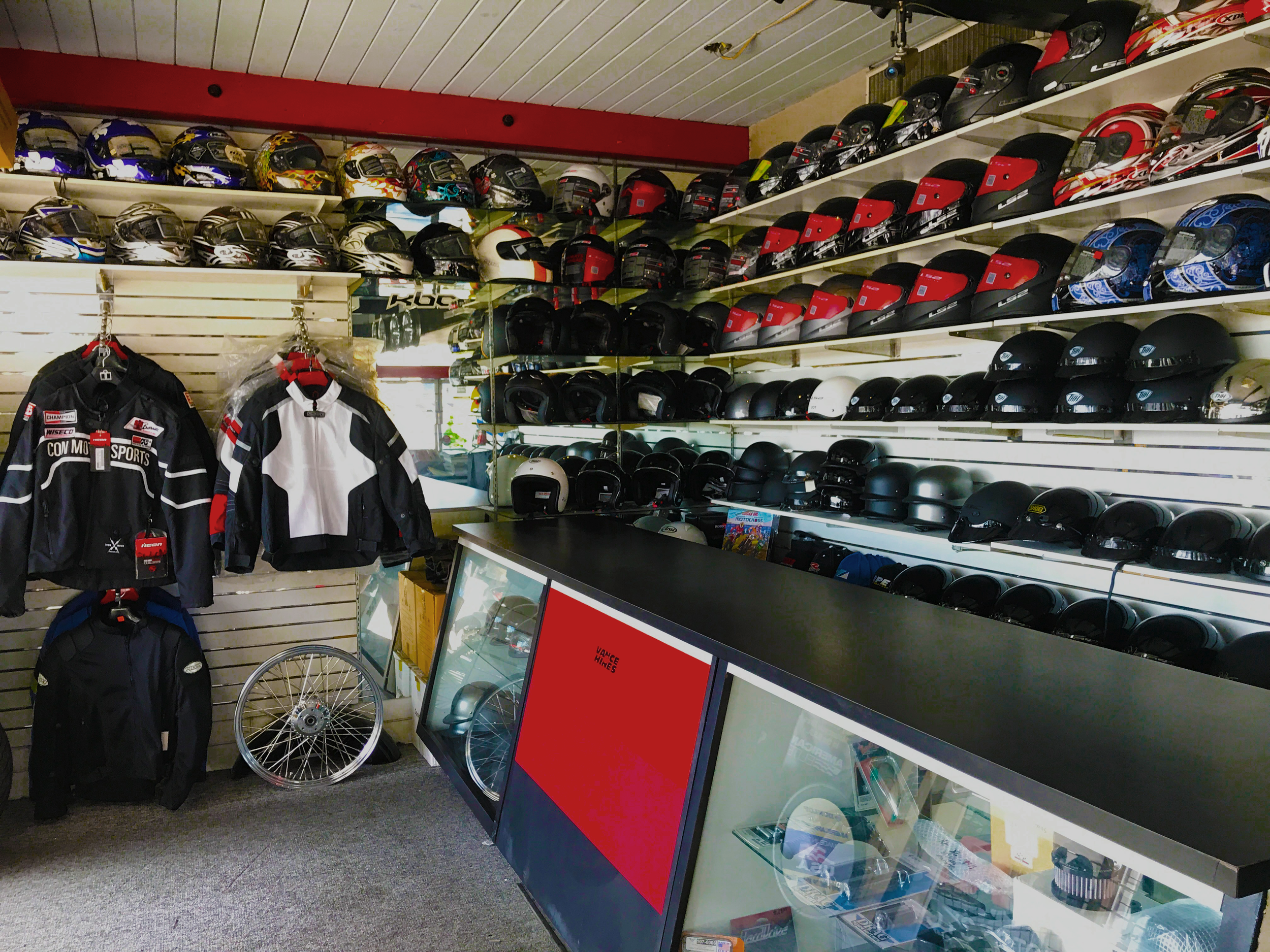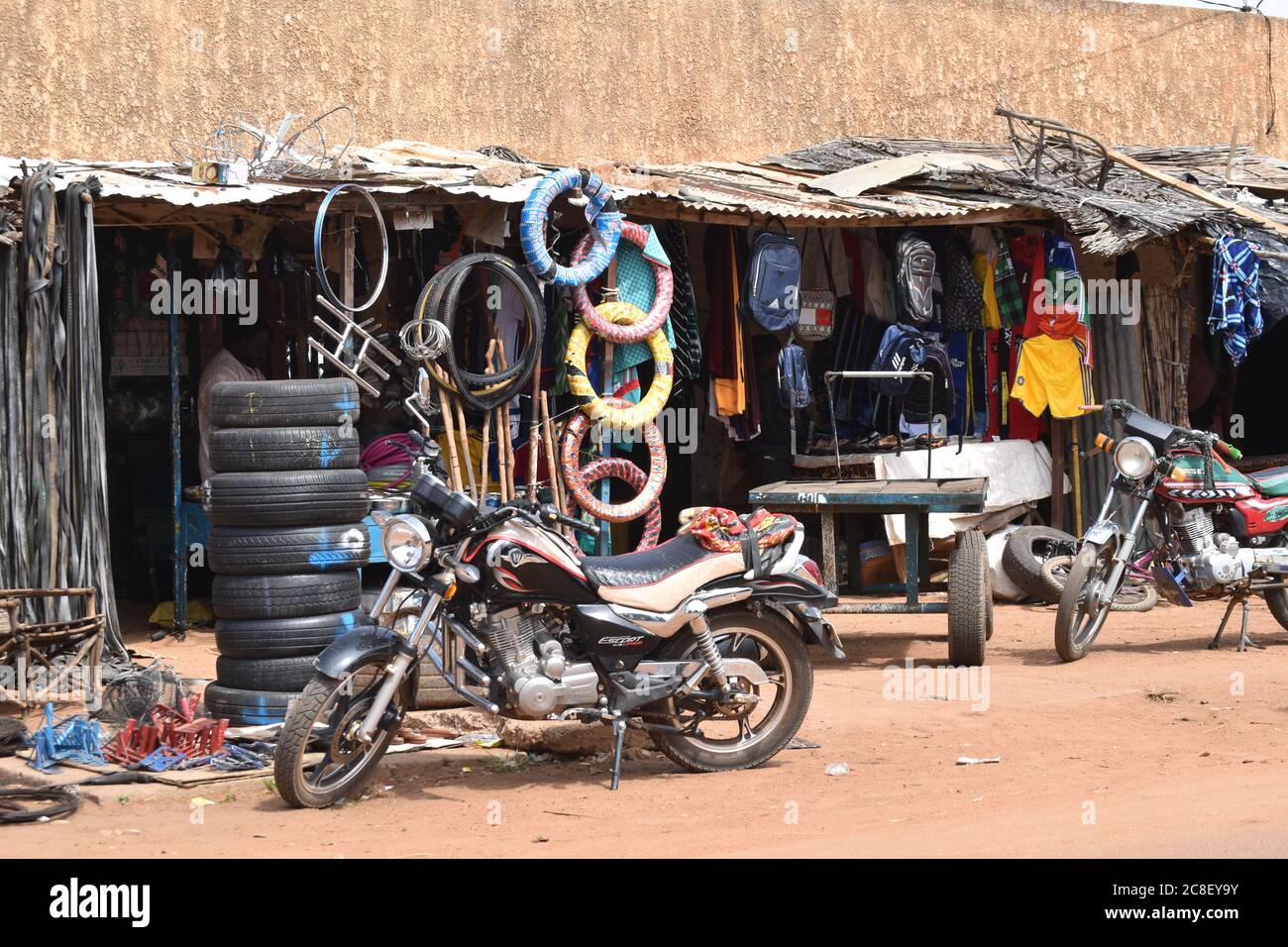Store the very best MX Parts NZ for Your High-Performance Bike
Store the very best MX Parts NZ for Your High-Performance Bike
Blog Article
Understanding the Important Parts of a Motorbike: A Comprehensive Overview for Fanatics
For motorbike fanatics seeking to raise their riding experience and guarantee their bikes run efficiently, understanding the important components of a motorbike is extremely important. Each element, from the engine's intricate functions to the important duty of the stopping devices, not only affects efficiency but additionally safety and convenience. This guide will certainly stroll via the basic components that every cyclist should be familiar with, allowing informed choices in both upkeep and potential upgrades. As we start this expedition, one must ask: how does each element engage to create the smooth adventure every lover seeks?
Engine Components

The camshaft plays a vital function in regulating the timing of the engine's shutoffs, making sure the specific opening and closing essential for efficient gas and air intake, as well as exhaust expulsion. This timing is important to preserving optimum engine performance and performance. Furthermore, the carburetor or fuel injection system, relying on the motorcycle design, is in charge of blending air with gas in the proper ratio for combustion.
The air conditioning system, either air or liquid-based, functions to maintain the engine's temperature level within operational limitations, avoiding getting too hot and making certain durability - motorcycle parts nz. Each component, diligently developed and incorporated, adds to the smooth procedure of the engine, defining the motorcycle's power outcome and overall efficiency
Transmission System
Essential to the motorbike's functionality, the transmission system guarantees reliable power transfer from the engine to the wheels. This system makes up a number of essential components, consisting of the clutch, transmission, and final drive, each playing a vital function in converting the engine's power into motion. The clutch, generally operated by a hand lever, serves to disengage the engine and engage from the transmission, enabling smooth equipment modifications and controlled velocity.
The gearbox, commonly referred to as the transmission proper, contains a collection of gears that cyclists can manually change through to change the bike's speed and torque output. These gears are arranged in a sequence that allows the motorbike to accelerate efficiently and maintain ideal engine performance throughout various rates. Many motorcycles utilize a consecutive transmission, needing the biker to change gears in an established order.
Braking Mechanisms
While recognizing the transmission system is crucial to taking advantage of a motorcycle's power, similarly important is the capability to manage and quit that power effectively, which is where stopping mechanisms come right into play. Brakes are important for security and performance, giving the biker with the required control to browse numerous surfaces and conditions. Typically, motorbikes feature 2 sorts of stopping systems: disc brakes and drum brakes.
Disc brakes are a lot more prevalent in contemporary bikes due to their exceptional efficiency. They contain a brake disc, caliper, and pads. When triggered, the caliper presses the brake pads versus the spinning disc, converting kinetic energy right into heat, thereby reducing the wheel. This system offers better heat dissipation, constant efficiency, and enhanced quiting power, particularly in damp conditions.
Alternatively, drum brakes, though much less usual, are still located in some bikes. They work by pushing brake footwear versus the internal surface of a drum affixed to the wheel. While generally less reliable in heat dissipation and quiting power, drum brakes are easier and more economical.
Recognizing these stopping systems' subtleties permits riders to preserve their bikes correctly and appreciate the design that guarantees safe and efficient stopping.
Suspension and Steering
Suspension and steering systems are vital parts that dramatically affect a motorcycle's handling and ride convenience. The shock absorber, being composed of forks at the front and shock absorbers at the rear, takes in roadway abnormalities, enhancing stability and control. Front forks, blog typically telescopic or inverted, compress and rebound to minimize impacts, while back shock absorbers keep tire contact with the road, vital for traction and safety and security.
Steering, centered around the handlebars, attaches the motorcyclist to the motorbike's directional control. The guiding head bearings guarantee smooth operation, permitting specific maneuverability. Appropriate placement and maintenance of these bearings are essential for foreseeable guiding feedback and reducing biker tiredness.
The suspension's adjustability is an additional vital facet; preload, damping, and rebound setups permit personalization to match various riding problems and designs. This flexibility is necessary for enhancing performance, whether browsing city roads or tackling tough trails. Developments like electronic shock absorber supply real-time changes, boosting trip high quality throughout diverse terrains.

Electrical Equipments
After guaranteeing a regulated and smooth trip with reliable suspension and guiding systems, attention turns to the electrical systems, an essential aspect of modern bikes. These systems play a crucial role not just in starting the engine yet likewise in powering different components that boost the capability and safety and security of the motorcycle.
At the heart of a motorbike's electrical system is the motorcycle lock battery, which shops electric energy essential for beginning the engine and powering complementary systems - motorbike shop. The alternator or generator, paired with the rectifier-regulator, ensures the battery remains charged while the motorcycle functions, transforming mechanical power into electrical power and maintaining voltage degrees
The ignition system, an additional vital element, is accountable for igniting the air-fuel combination in the engine's cyndrical tubes. Modern motorcycles commonly make use of an electronic ignition system, providing better effectiveness and integrity contrasted to traditional systems.
Lighting systems, including fronts lights, tail lights, and signs, are likewise essential, ensuring visibility and safety for the rider. Additional digital parts such as sensing units, control devices, and presents contribute to advanced attributes like gas injection monitoring, anti-lock stopping systems (ABDOMINAL), and digital dashboards, further improving the riding experience.
Verdict
A comprehensive understanding of a motorbike's important components, including the engine, transmission system, stopping devices, suspension, guiding, and electrical systems, is vital for enthusiasts aiming to enhance performance, convenience, and safety. Proficiency of these aspects enables educated choices pertaining to upkeep and upgrades, ultimately improving the riding experience. By integrating this knowledge, motorcyclists can guarantee their bikes operate at peak performance and reliability, thus taking full advantage of both satisfaction and durability of their automobiles.
For motorbike fanatics looking to boost their riding experience and ensure their bikes run efficiently, comprehending the important elements of a motorbike is extremely important.Integral to the motorcycle's functionality, the transmission system guarantees reliable power transfer from the engine to the wheels.While recognizing the transmission system is vital to utilizing a motorbike's power, just as important is the capability to regulate and quit that power effectively, which is where braking systems come right into play. Generally, motorcycles feature 2 types of braking systems: disc brakes and drum brakes.
A complete understanding of a bike's important components, including the engine, transmission system, stopping carbon fiber motorcycle helmet mechanisms, suspension, guiding, and electrical systems, is crucial for fanatics intending to enhance comfort, efficiency, and safety.
Report this page